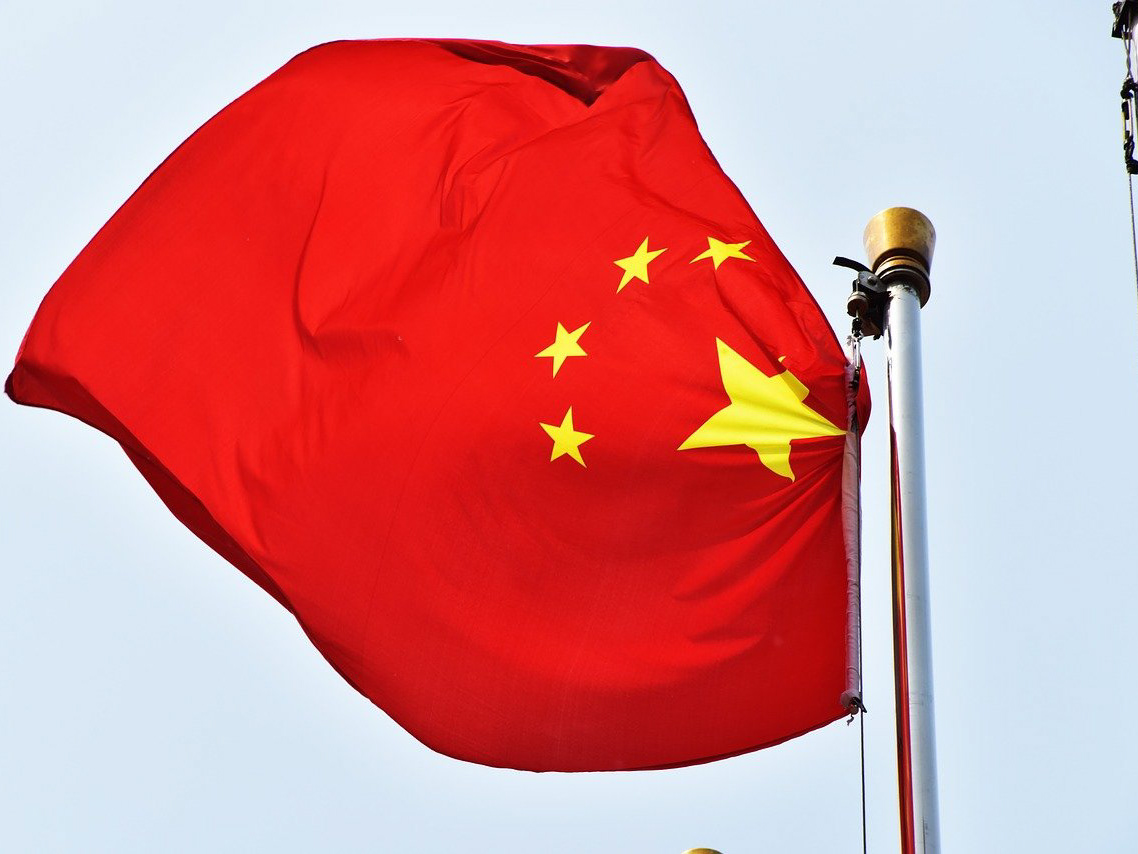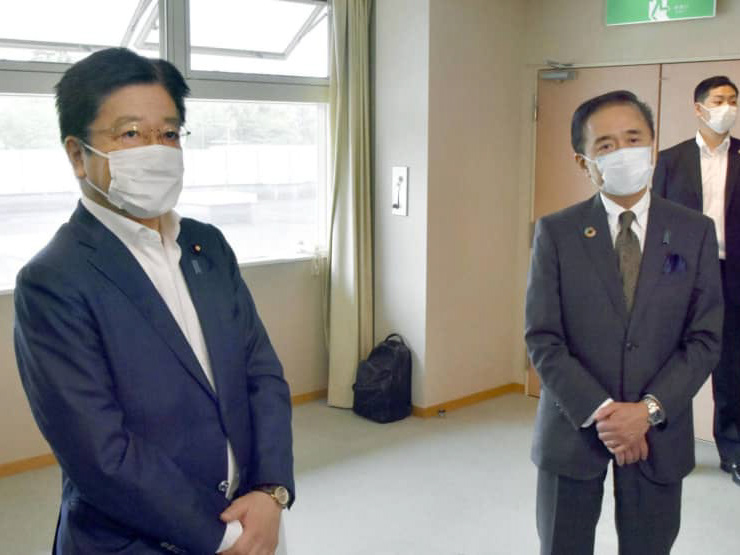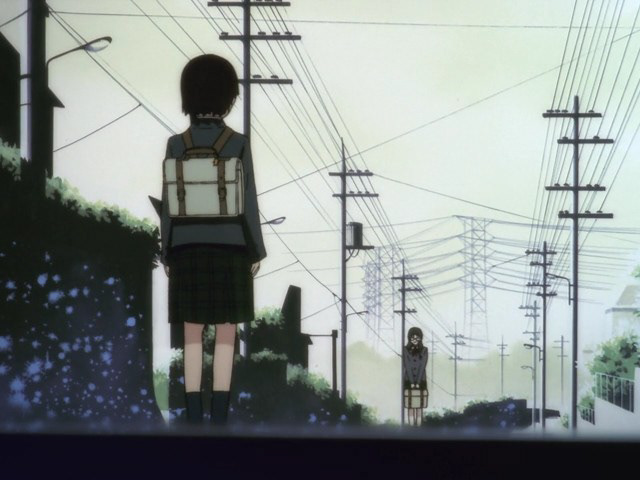The Joyo Kanji is a list of 2136 Kanji that form the basis of most Japanese publications and, most rigidly, newspapers. Released by the Department of Education in 2010, it is intended to give the average Japanese reader a fighting chance to make it through the day without reference to a dictionary.
For the average Gaijin, the 2136 ‘gateway’ Kanji loom over us as a testament to how much work is to be done before me we yomimasu today’s shimbun. So, in the interest of getting to the news and not the olds, this blog will try to plot those 2136. Let’s start with the basics.
Shimbun (noun) – Newspaper
The compilation of thin sheets of paper printed with the occurences, information and political rhetoric from the day.
Jukugo: 新聞
Kanji: 新 (New), 聞(Listen)
Radicals (New): 斤(axe)
Listen: 耳 (ear), 門 (gate)
Any hack Japanologist (what?) will quickly tell you that no country on earth consumes newspapers quite like Japan. Of the papers with the highest circulation in the world, Japanese newspapers count for four of the top ten.
The highest circulation in the world is the Yomiuri Shimbun (読売新聞), read daily by 9.1 million people. Which doesn’t take into account the papers local edition or afternoon release. Quite simply, it would be difficult to spend any amount of time surrounded by a maelstrom of booklets, broadsheets and berliners to not come across the word.
The jukugo itself is made of the Kanji 新 (new) and 聞 (listen), begging the question: ‘why not new-read?’ In Japanese, to listen is do much more than hear. It is to actively and cognitively engage with what is being said, offering full attention and an open mind.
Breaking the Kanji down gives another clue as to why. The radicals (kanji within the kanji) are 耳 (ear) and 門 (gate), the latter flanking the former and taking on the higher precedent in its interpretation.
It is not the gateway to the ear, but the ear serving as gateway to whatever the speaker (or writer) offers up for ingestion. Good time was spent sorting sentences and scooping scoops to fill this newspaper, and you’re going to listen to it.
新 (new) is more intuitive. To translate it simply as ‘new’ is to lose something of its essence, to downplay the role served in shimbun. In English the translation is reductive, but into the French nouveau we are offered a more accurate interpretation.
新 is a Kanji of the fleeting moment. Of breaking reports and ticker-tape coverage. Not simply the latest thing, aging as it continues to exist, but the only thing that matters right now. News is not things that have happened, but things that are happening and with so many newspapers across Japan published daily, you better listen up to keep up.








